Filter by
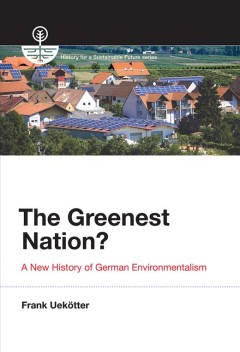
The Greenest Nation?: A New History of German Environmentalism
An account of German environmentalism that shows the influence of the past on today's environmental decisions. Germany enjoys an enviably green reputation. Environmentalists in other countries applaud its strict environmental laws, its world-class green technology firms, its phase-out of nuclear power, and its influential Green Party. Germans are proud of these achievements, and environmenta…
- Edition
- -
- ISBN/ISSN
- 9780262322409
- Collation
- -
- Series Title
- -
- Call Number
- 900 UEK t
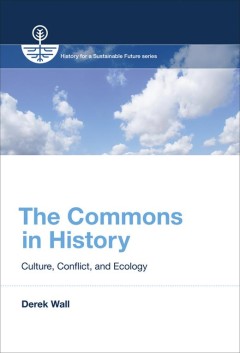
The Commons in History: Culture, Conflict, and Ecology
An argument that the commons is neither tragedy nor paradise but can be a way to understand environmental sustainability. The history of the commons—jointly owned land or other resources such as fisheries or forests set aside for public use—provides a useful context for current debates over sustainability and how we can act as “good ancestors.” In this book, Derek Wall considers the …
- Edition
- -
- ISBN/ISSN
- 9780262322003
- Collation
- -
- Series Title
- -
- Call Number
- 900 WAL t

Figurations of the Feminine in the Early French Women’s Press, 1758–1848
In this original study, Siobhán McIlvanney examines the beginnings of the women’s press in France. Figurations of the Feminine is the first work in English to assess the most significant publications which make up this diverse, yet critically neglected, medium. It traces the evolving representations of womanhood that appear over the first ninety years of women’s journals in France. McIlvan…
- Edition
- -
- ISBN/ISSN
- 9781786941886
- Collation
- -
- Series Title
- -
- Call Number
- 900 ILV f
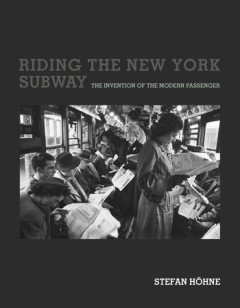
Riding the New York Subway: The Invention of the Modern Passenger
A history of New York subway passengers as they navigated the system's constraints while striving for individuality, or at least a smooth ride. When the subway first opened with much fanfare on October 27, 1904, New York became a city of underground passengers almost overnight. In this book, Stefan Höhne examines how the experiences of subway passengers in New York City were intertwined wit…
- Edition
- -
- ISBN/ISSN
- 9780262363259
- Collation
- -
- Series Title
- -
- Call Number
- 900 HOH r
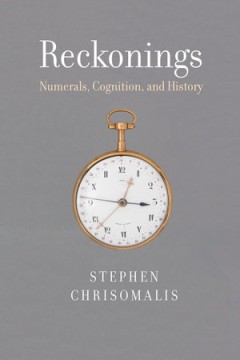
Reckonings: Numerals, Cognition, and History
Insights from the history of numerical notation suggest that how humans write numbers is an active choice involving cognitive and social factors. Over the past 5,000 years, more than 100 methods of numerical notation—distinct ways of writing numbers—have been developed and used by specific communities. Most of these are barely known today; where they are known, they are often derided as …
- Edition
- -
- ISBN/ISSN
- 9780262360883
- Collation
- -
- Series Title
- -
- Call Number
- 900

Geographical Indication and Global Agri-Food : Development and Democratization
This book addresses the relevance of geographical indication (GI) as a tool for local and socio-economic development and democratization of agri-food, with case studies from Asia, Europe and the Americas. A geographical indication is a sign used on products that have a specific geographical origin and possess qualities or a reputation that are due to that origin. It provides not only a way f…
- Edition
- -
- ISBN/ISSN
- 9780429470905
- Collation
- -
- Series Title
- -
- Call Number
- 910
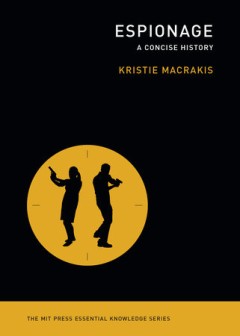
The MIT Press Essential Knowledge Series Espionage: A Concise History
A concise introduction to the history and methods of espionage, illustrated by spy stories from antiquity to today's high-tech world. Espionage is one of the most secret of human activities. It is also, as the popularity of spy stories suggests, one of the most intriguing. This book pulls the veil back on the real world of espionage, revealing how spying actually works. In a refreshingly cle…
- Edition
- -
- ISBN/ISSN
- 9780262373005
- Collation
- -
- Series Title
- -
- Call Number
- 900 MAC e

Ending Epidemics: A History of Escape from Contagion
How scientists saved humanity from the deadliest infectious diseases—and what we can do to prepare ourselves for future epidemics. After the unprecedented events of the COVID-19 pandemic, it may be hard to imagine a time not so long ago when deadly diseases were a routine part of life. It is harder still to fathom that the best medical thinking at that time blamed these diseases on noxious…
- Edition
- -
- ISBN/ISSN
- 9780262373869
- Collation
- -
- Series Title
- -
- Call Number
- 900 CON e

The Napoleon of Notting Hil
A satire set in a future England, in which a neomedievalist contest among London neighborhoods takes a disastrous turn. When Auberon Quin, a prankster nostalgic for Merrie Olde England, becomes king of that country in 1984, he mandates that each of London's neighborhoods become an independent state, complete with unique local costumes. Everyone goes along with the conceit until young Adam Wa…
- Edition
- -
- ISBN/ISSN
- 9780262376037
- Collation
- -
- Series Title
- -
- Call Number
- 900 che T
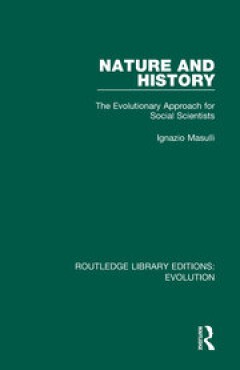
Nature and History
Originally published in 1990, Nature and History examines how Darwin’s theory of evolution has been expanded by scholars and researchers to include virtually every scientific discipline. The book presents a morphological analysis of historical and social sciences – sciences which have traditionally have been viewed as too random in their progressions to conform to a model. Through the evalu…
- Edition
- -
- ISBN/ISSN
- 9780429291364
- Collation
- -
- Series Title
- -
- Call Number
- 900
 Computer Science, Information & General Works
Computer Science, Information & General Works  Philosophy & Psychology
Philosophy & Psychology  Religion
Religion  Social Sciences
Social Sciences  Language
Language  Pure Science
Pure Science  Applied Sciences
Applied Sciences  Art & Recreation
Art & Recreation  Literature
Literature  History & Geography
History & Geography